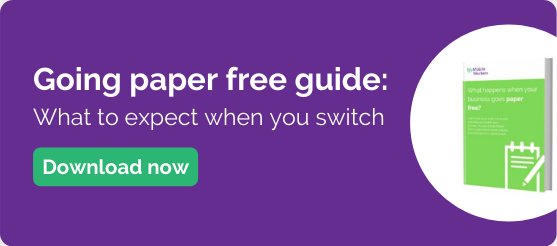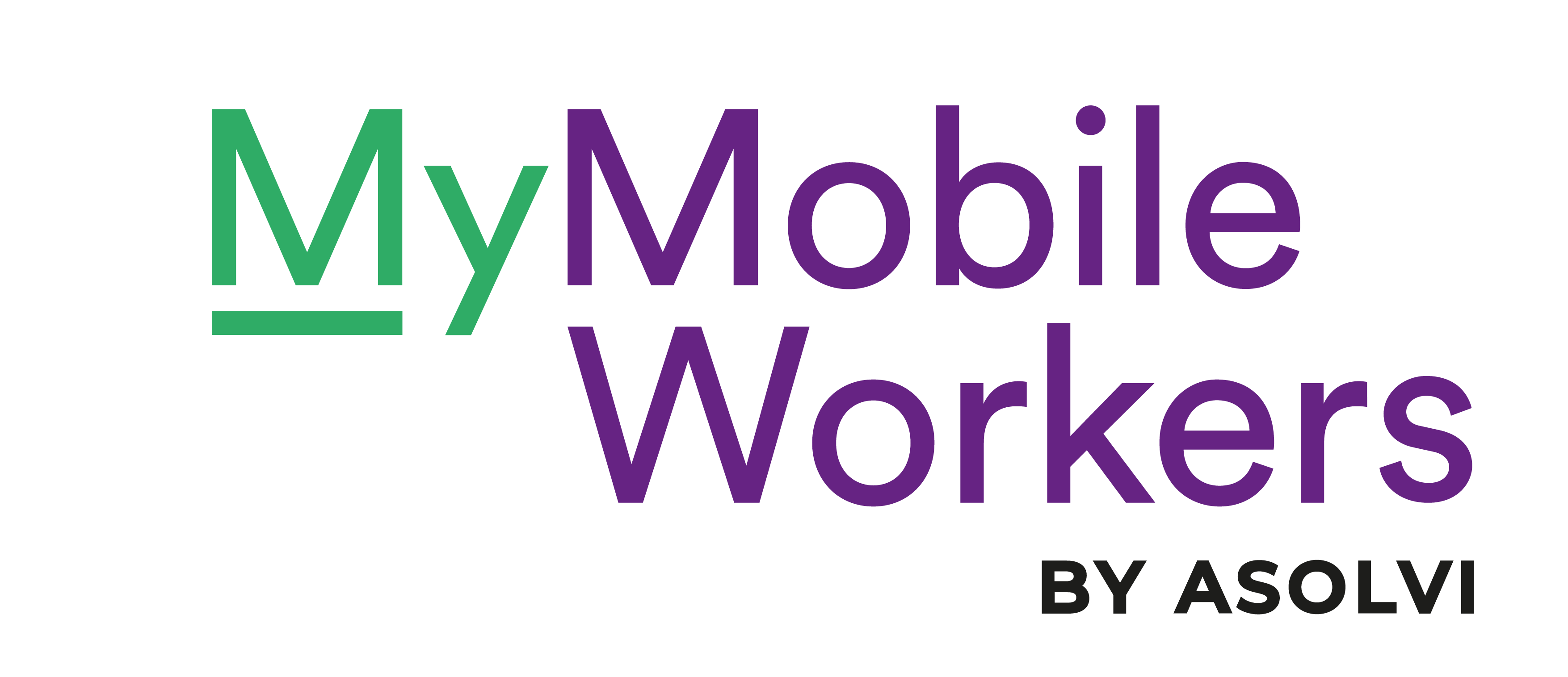-3.jpg?width=600&name=signature-sticker-1239475%20(1)-3.jpg)
In everyday terms an electronic proof of delivery is the squiggle a customer makes on a handheld device to confirm they’ve received a delivery or service.
People often question how valuable it is, in comparison to a paper signature and if electronic proof of deliveries are legally binding. Here are the answer to these questions:
It's as valuable as a paper signature
A few hundred years ago we would have used a quill, more recently a pen, and today – it’s either your finger or a little stylus.
But the end result is the same, regardless of the method, a signature serves as a method of authentication.
They are legally the same
There is really no difference.
If you want to take a peek at the legal nitty gritty then there are two pieces of legislation to look at. The first is from the European Parliament and has the catchy title of: 1999/93/EC.
This sets out the requirements for a valid electronic signature as being:
- It’s uniquely linked to the signatory
- It’s capable of identifying the signatory
- It’s created using means that the signatory can maintain under their sole control.
- It’s linked to the data to which it relates
This was introduced in 1999 and the following years the UK Government gave it their own legal pat on the head with a few added revisions as the Electronic Communications Act 2000 and 2002.
But you really don’t need to worry about the small print on this issue – the bottom line is that an electronic signature is legal and software such as MyMobileWorkers ticks all the boxes.
Electronic proof of delivery advantages
There are lots of ways it’s better than a scribble on a bit of paper. But the biggest are its efficiency and reliability.
What a system like MyMobileWorkers does is to the bind the signature in data form with the rest of the details for a particular order or customer/client. This is made instantly available to head office.
The digital nature of an electronic signature means that you also have a record of when and where is was signed.
Compare this to an old paper-based system, all those details need to be manually recorded by the mobile worker. The document has to be driven/sent back to head office and then deciphered.
So using an electronic signature is just much more efficient – and less hassle.

Image source: www.freeimages.com Even Earwicker

